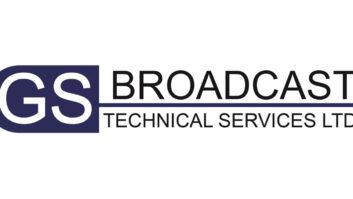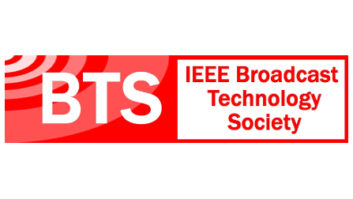Paul McLane is Radio World U.S. editor in chief.
So Harris has put its broadcast communications operation up for sale. Look for lots of speculation about who will take that business on, as well as questions about what the sale says about the industry.
Who will step up to buy? What price will Harris get? We’ll see. But certainly, given the deep roots of Harris in the broadcast community, this marks the end of a chapter in broadcast technology. As the company says on its website, “Turn on a television or a radio almost anywhere in the world. Chances are excellent that the signal you receive is being broadcast with hardware from Harris Corp.’s Broadcast Communications Division.”
While I can’t say I saw the decision to sell coming at this time, I was not really taken aback. Anyone in broadcast tech who has been paying attention knows that the big parent company had many priorities and that broadcast seemed to take a lower profile than in the past. Harris sold off its distributor business (the old Allied part of the company) five years ago, and in 2011 it realigned its structure so that broadcast became part of something called Integrated Network Solutions.
From my perspective, reading Harris quarterly financial reports and talking to industry insiders, the company — hungering as all public companies do for consistent growth and investor returns — has been challenged by the relatively mature yet volatile commercial broadcast manufacturing sector, particularly when compared to the government businesses on which Harris relies. Nor is Harris alone in this challenge among transmitter companies; but the company’s size tends to pull the spotlight toward itself.
So the development is understandable. Nevertheless, the news hit a lot of industry folks with a jolt today.
Harris’ history touches on some of the most familiar names in early broadcast hardware manufacturers. Its involvement in broadcast dates to the purchase in 1957 of Gates Radio by Harris Intertype Corp., according to the company’s website. Gates had been founded in 1922 in the earliest days of commercial radio; it was the first electronics firm acquired by what would become Harris Corp.
Harris entered the TV transmitter market in 1969. It would later acquire Allied Broadcast Equipment Corp., Intraplex and Pacific Research & Engineering (PR&E), an iconic name in consoles. Later acquisitions included TVT, part of Midwest Communications Corp., ITIS, Louth Automation, Hirschmann Multimedia Communications Network, Question d’Image, Encoda Systems, Leitch Technology Corp., Aastra Digital Video, Optimal Solutions Inc. and Zandar Technologies.
When you talk to buyers of big broadcast components, most notably transmitters but also consoles and STLs, the conversation sooner or later turns to Harris, at least in radio where my personal experience lies.
Many broadcast stations are loyal Harris users. I heard from one West Coast cluster this morning that owns 10 Harris transmitters; and that doesn’t strike me as particularly unusual. Users with this kind of investment have a keen interest in continuity at a key source vendor, and feel a personal relationship with the factory. Suffice it to say that a lot of users will watch and hope that any new buyer is serious about the business and committed to supporting the Harris lines.
Harris officials tell us today that their business remains sound, that the company is in a good position and that there are no changes in management or employee levels; for now the only real change is that broadcast will report its fourth quarter earnings separately. The planned sale, they emphasize, came about because broadcast no longer fits into their long-term vision.
That can all be true; yet it’s my experience that companies tend not to exit industries they feel are strong and growing, so the question also arises whether the broadcast transmission and studio market in general is still worth investing in.
I believe the answer is yes, given the sweeping changes and opportunities that continue to affect all media. But I’m also aware of challenges facing some other transmitter and studio manufacturers, and I know that the answer about the health of the industry would vary for any given company and in any given circumstance.
Perhaps we are coming into a period of greater volatility among familiar broadcast brands. That’s speculation on my part. What is not speculation is that, more than ever, well-run, solid suppliers are vital to the successful growth of broadcasting companies.
In their search for a buyer I wish Harris and its employees well, as I do all companies that support our industry with investment in infrastructure and employment. I hope that the company finds a buyer that is not only strong and savvy but committed to our historically rich, ever-evolving broadcast technology marketplace.








